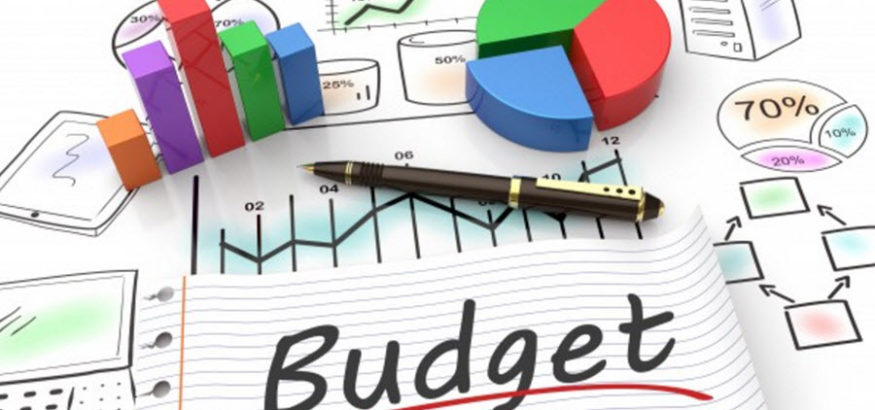Which Budgeting Tactic is Right for You?
Everyone knows that maintaining a budget is important for keeping your finances on track. But, deciding how to create and manage a budget is a personal decision. There are multiple tactics one can use to make the task of budgeting more manageable, so it is important to select one that works with your lifestyle. That way, you are more likely to stick to it. Clearly understand the purpose of your budget, is it to save, get out of debt or both?
To help you decide which option will work best for you, here are some different budgeting tactics to explore.
Manual Budgeting
Some people simply prefer to manage everything personally. This includes tracking your spending, recording bill payments, and monitoring your income. For those who prefer a hands-on approach, there are two primary methods available: spreadsheets or the envelope method.
For people who only use one account to manage their finances, such as a single checking account, you might be able to get by with a basic spreadsheet. You will simply divide your anticipated spending into appropriate categories, such as debts, food, and gasoline, assign a spending limit, and then record how much you spend in those areas. This method is fairly low tech but can work well for those without complex personal finances.
Another method that works well for some is the envelope method. This involves removing all of your money from your account (aside from funds used to pay bills electronically) and only buying with cash. You separate your cash into individual envelopes based on the spending category, such as those mentioned above, and only spending based on the amount of cash available in that envelope. And, when the money runs out, you stop spending in that category.
App-Assisted Budgeting
If you prefer a method that can be somewhat automated and can be carried with you on your smartphone, then you may prefer a personal finance app that connects directly to your accounts. Services like Mint allow you to have data sent directly to the app and assigned to specific budget categories like rent/mortgage, food, and utilities. Then, you can see how much you have spent in each area by simply logging in.
In some cases, you do have to manually assign certain purchases to the appropriate category, but the app still logs that spending even without the category being known. Often, it drops those purchases into a “Miscellaneous” category where they can either stay or be relabeled based on their actual category.
Like a traditional budget, you can set spending limits on each category and the app will automatically show how much towards that limit has already been spent, and how much is remaining.
General Budgeting Tips
Regardless of your preferred method, there are certain tips that relate to any budget. First, you need to be realistic when you set spending limits. To do so, it can be beneficial to first spend a month or two tracking and analyzing your typical spending patterns. This way, you can see where your money normally goes and make spending limits based on that knowledge.
It is also wise to create a budget for savings, retirement, and investments. Being able to secure some emergency savings can help ensure you don’t have to rack up debt in an emergency and can help you stay on budget for the long-term. When in doubt, anything left over, after your debts are paid and other spending is handled, can be directed towards savings. That way, you always have something available for a rainy day.

